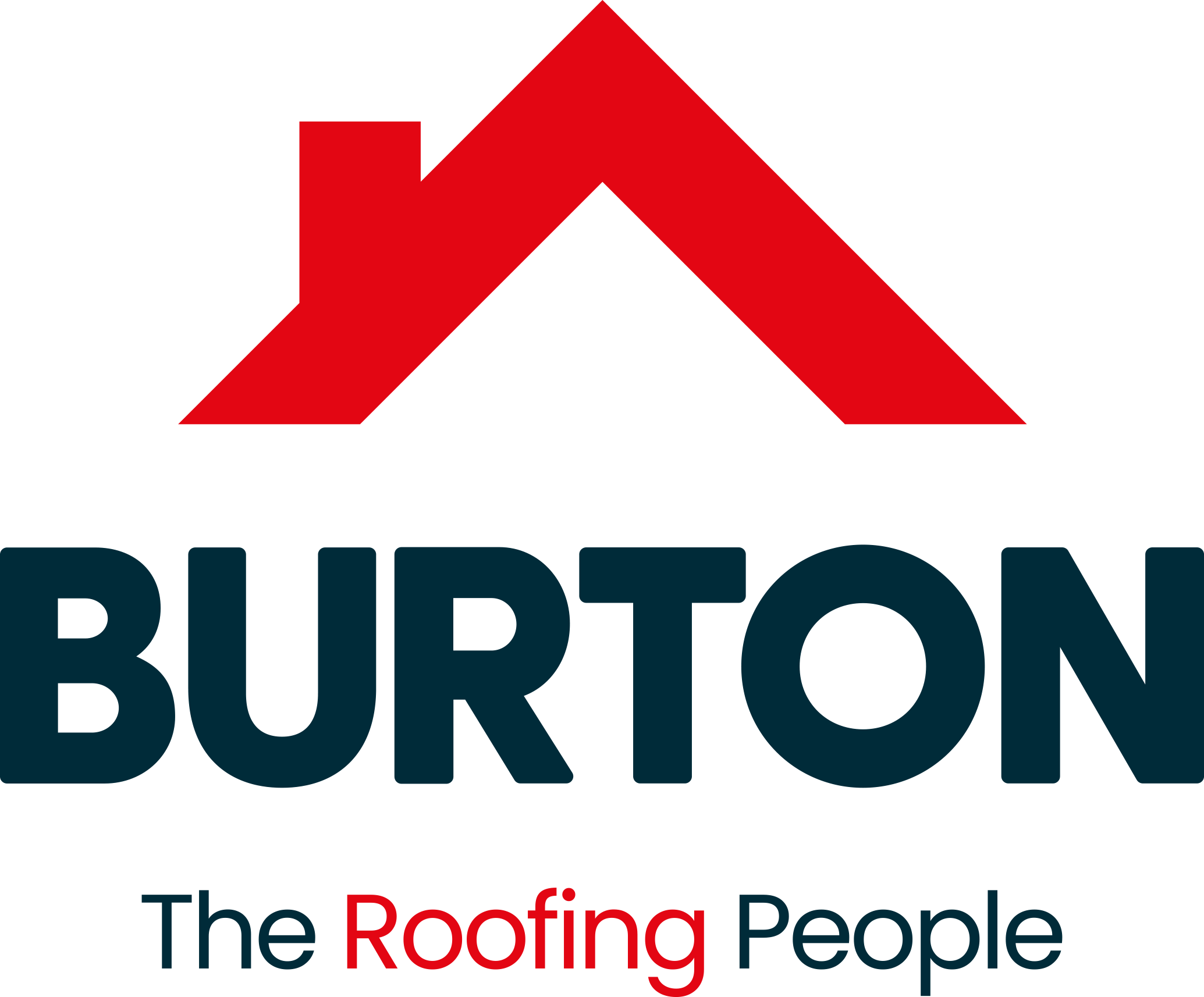What is Pyrite?
Pyrite, often known as fool’s gold (as miners would mistake it for gold), is a metallic mineral found naturally. Pyrite is also sometimes known as iron pyrite and is made up of one part iron and two parts sulphur. It has a brassy yellow colour and is actually pretty easy to tell apart from gold which is much brighter. Pyrite is also much harder than gold. If you’re still not sure if you’ve struck gold, you can grind pyrite down and it turns into a black dust, gold will still appear as gold when ground!
Pyrite is found in many other types of rock including limestone where it occurs naturally and can appear as cubes or more complex shapes. It’s common in roof slates where it has a reputation for rusting. There are two types of pyrite that can appear in roof slates; stable and unstable.
Stable Pyrite
Stable pyrite appears as small but complete fragments in T1 slates. Slates are graded and a T1 classification indicates no rust or surface discoloration to the tile. The pyrite in these slates can look like flecks of gold and the good news is that while after many years the cubes of pyrite will rust, they won’t bleed down the roof or discolour the tile. The performance of the tile will remain unaffected.
Unstable Pyrite
Unstable pyrite can be difficult to spot as the fragments are much finer and can be spread through the entire slate. Pyrite in this form is more common in a T2 graded slate. A T2 classification on a slate means there is evidence of oxidisation or discoloration (sometimes caused by pyrite). T2 slates are of a lesser quality as these metallic inclusions can cause defects and fragility during the life of the slate. Where pyrite appears in this form, it can cause rust and bleeding down the tile.
There’s nothing you can really do to stop pyrite rusting and bleeding once your tiles have been laid. Therefore if you want to maintain the look of your roof and be sure of its longevity always go for T1 graded tiles.
